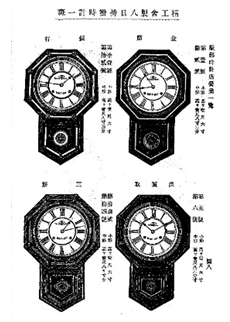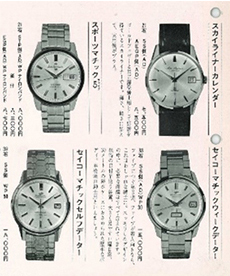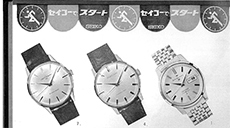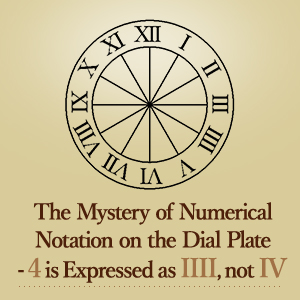When you see a catalog or brochure for Seiko analog watches and clocks, all of the hands appearing in it indicate 10:08:42. Did you know that?
Looking at some advertisements published by the other companies, you will see their hands also show an identical time for each company, such as 10:06:37, 10:07:37, 10:08:36, or 10:09:35.
Seiko has used 10:08:42 since 1964, before which 10:10:30 was used. This change was caused by the fact that publicity department personnel working at that time were influenced by the sizzle feeling, which was an ad expression used in the U.S. that means a mouthwatering feeling and freshness when it comes to food advertisements. Some say that the publicity department wondered, “How can we make customers feel the clock’s movement only by looking at our advertisements?” when they looked at a mouthwatering steak ad and kept thinking until deciding on the time of 10:08:42, which expresses a sense of dynamism.
Even today Seiko is using this rule, because this watch and clock hand layout not only expresses a sense of dynamism, but also has the following advantages: (1) the three hands are not overlapping, (2) they look beautiful and firm, and (3) the brand name placed under the 12:00 letter is visible.





